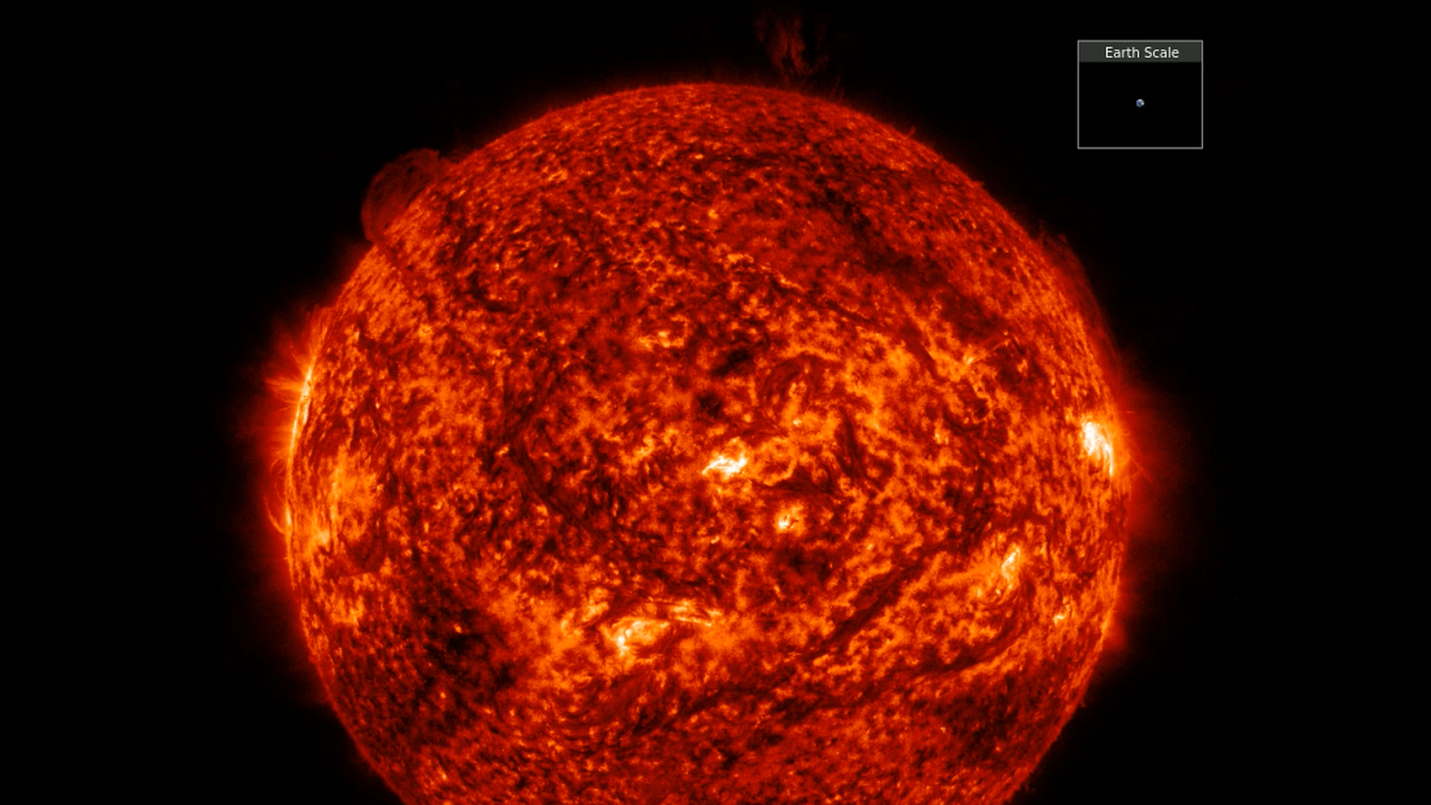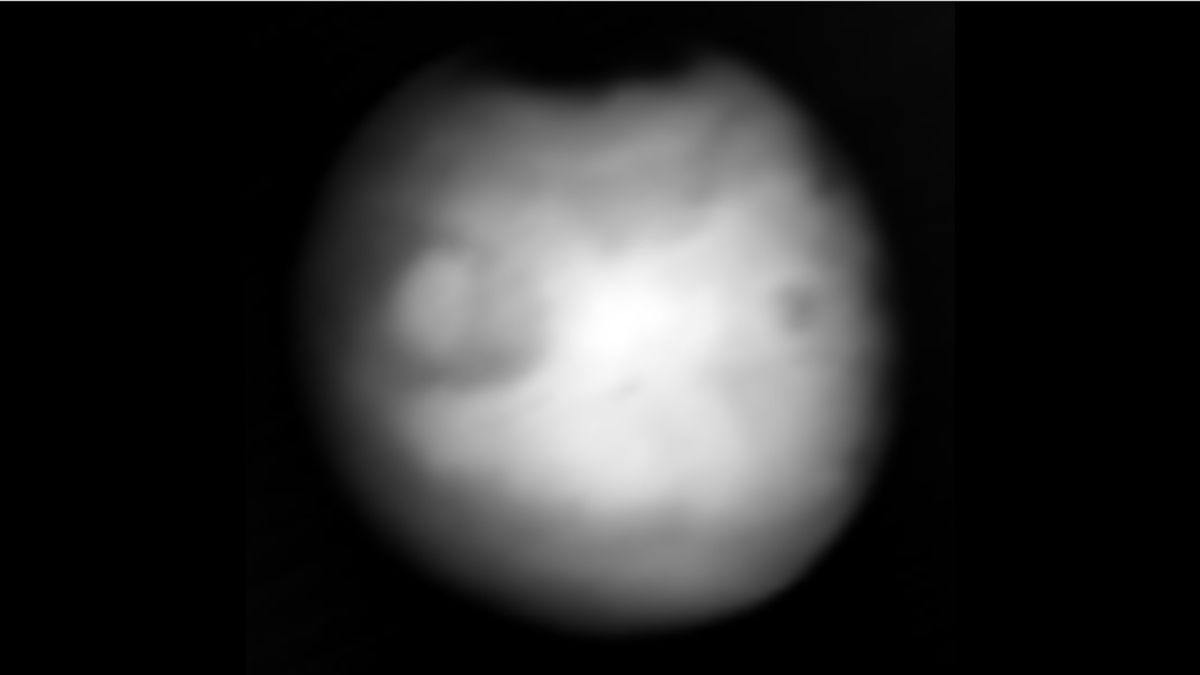A massive solar filament erupted in dramatic fashion last night (May 12-13) around 8 p.m. EDT (0000 GMT), hurling a surge of material across the sun's northern hemisphere.
Stretching nearly 600,000 miles (1 million kilometers) — more than twice the distance between Earth and the moon — the event was as vast as it was striking! Data suggests Earth is not in the eruption's path.
"Not sure what to call this eruption, maybe the "bird-wing" or "angel-wing" event? Either way, it is truly something to witness!", aurora chaser Vincent Ledvina wrote in a post on X. "Look at how large the blast is off the sun's northern hemisphere. I could watch this animation loop for hours!"
Not sure what to call this eruption, maybe the "bird-wing" or "angel-wing" event? Either way, it is truly something to witness! Look at how large the blast is off the Sun's northern hemisphere. I could watch this animation loop for hours! pic.twitter.com/QZjcDPnFyEMay 13, 2025
The filament, a long, dark ribbon of solar plasma suspended by magnetic fields, had been hanging above the sun's surface before destabilizing.
"WOW! There is an absolutely enormous filament erupting right now! It dwarfs all the filament eruptions we have seen recently," aurora chaser Jure Atanackov wrote in a post on X.

These filament structures are cooler and denser than their surroundings, making them appear as dark threads against the bright solar disk. When a filament erupts, it can trigger a coronal mass ejection (CME), hurling a vast plume of plasma and magnetic field into space. And this particular filament did just that.
"What a spectacular CME from the huge filament eruption earlier today! Unfortunately, it is directed north and will miss us. A direct hit from a CME like this can be high-end G4 storm material, maybe even G5," Atanackov wrote in a later post on X.
What a spectacular CME from the huge filament eruption earlier today! Unfortunately it is directed north and will miss us. A direct hit from a CME like this can be high-end G4 storm material, maybe even G5. https://t.co/StNvwdYyqp pic.twitter.com/nFHPc5F8apMay 13, 2025
While solar storms can sometimes spark dazzling auroras and even disrupt satellite communications or power grids when directed at Earth, preliminary models suggest this CME will likely miss our planet. Still, scientists are watching closely.
You can keep up to date with the latest northern lights forecasts, alerts and geomagnetic storm warnings with our aurora forecast live blog.
.png)
 German (DE)
German (DE)  English (US)
English (US)  Spanish (ES)
Spanish (ES)  French (FR)
French (FR)  Hindi (IN)
Hindi (IN)  Italian (IT)
Italian (IT)  Russian (RU)
Russian (RU) 






Comments